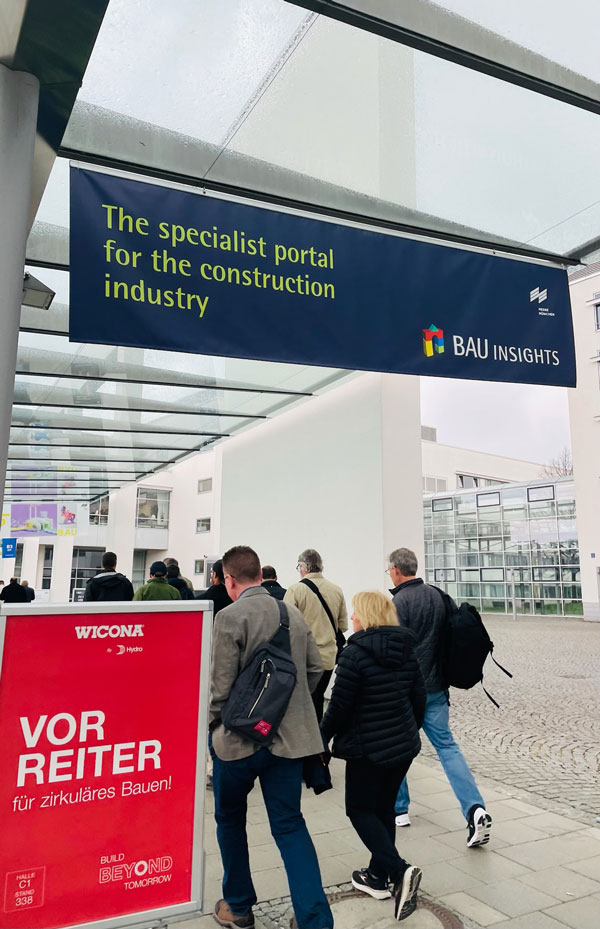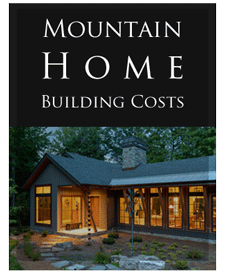
Visiting the BAU International Trade Fair
I am back from a recent trip to Europe where one of the purposes of the trip was to visit the BAU International Trade Fair. Known simply as the BAU, the annual gathering is the largest trade show in Europe that focuses on architecture, construction, materials, and building systems. I have attended a similar US-based show in the past, but this was an opportunity to explore new products and European-based manufacturers. The European market often makes products available sooner than in the US, so it’s exciting to see new design options that we can incorporate into our projects. Experiences like the BAU builds enthusiasm for our work and refreshes my creative energies. Being able to see new products just coming on the market and to meet vendors we don’t normally have access to here in the U.S. was a terrific experience. I was particularly impressed with the quality and beauty of Italian hardware company, Manital. I knew right away the client and project their products would be perfect for. The craftsmanship of the intricate design details and the weight of it just feels luxurious to the touch.

Entering the BAU in Munich, Germany
The BAU visit was an enriching one. There was an overwhelming sense of comradery amongst the participants, both architects and builders. We shared a true appreciation for the opportunity to compare experiences and to learn from each other about how to make things more beautiful, functional, and long-lasting. A purposeful mindset toward sustainability was the key topic for many of the participants. Long a focus of ours, the ACM Design team has been employing sustainable building materials and practices over the past decade for our clients. Another consideration meriting much discussion was sustainability related to renovation projects. While a 200-year old building in the U.S. is considered old, in Europe the buildings are far older, so solutions for sustainable renovation and repair require creative thought. Many of the innovative new products introduced at the BAU can be used during renovations, and I was reminded that we can learn from centuries-old building techniques and material usage.
One of the exhibits I visited at the BAU featured a porcelain pedestal decking system that uses porcelain tiles instead of wood decking. We have specified this product for several projects in recent years as a great solution for homeowners seeking less maintenance on their decks. This system responds well in our temperate zone and the freeze/thaw conditions in Western North Carolina. When we first started using the product, there was only 1 vendor, now there are several in the US market and as many as 12-15 I saw at the BAU; each offering various new options for installation and finishing. Seeing the large number of vendors at the BAU for this type of system leads me to believe we will have a broader acceptance of this product and even more choices in our U.S. market in the near future.
The emergence of modified wood products is gaining popularity in both Europe and the U.S. and was heavily featured at the BAU by such companies as Accoya and Kebony. As it turns out, the modified wood products market has local roots which I discovered quite by accident in a conversation with one of the Accoya representatives. Eastman Chemical Company, headquartered in nearby Kingsport, Tennessee is leading the way with a proprietary formula for acetylated wood. This technique impregnates wood making it “dimensionally stable.” The wood becomes resistant to shrinking, swelling, warping, bowing and cupping. Being born and raised in Kingsport, Tennessee myself, my interest was piqued and expanded even further when I learned that the wife of the Accoya representative was an Asheville native with plans to move back. The experience reminded me that this big world of ours is sometimes actually quite small.









